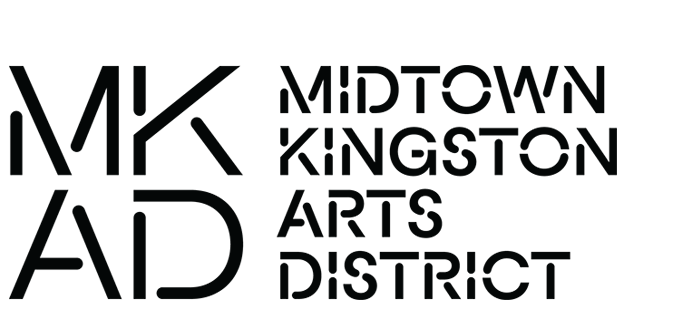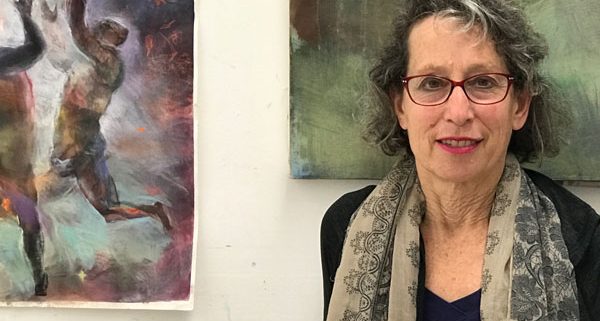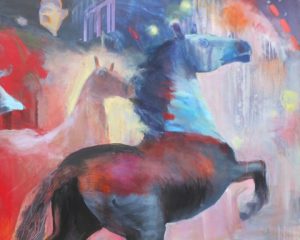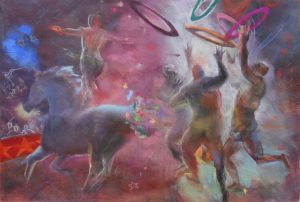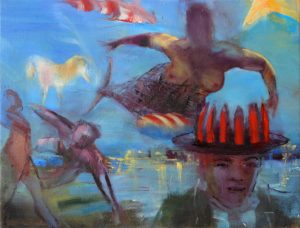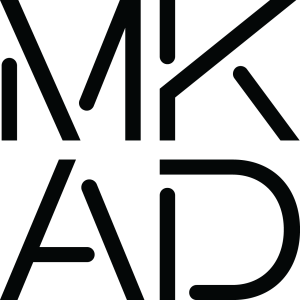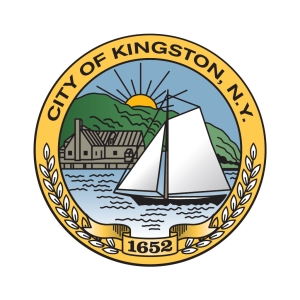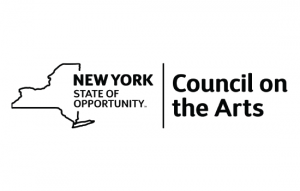Creating Visual Tapestries
Artist Interview with Leslie Bender
When did you first know you were an artist?
As a wee tot. I drew herds of horses and northeastern US wild animals so intuitively. I wanted to become an illustrator and be in the same field as my mother, who was a package designer.
Favorite medium(s) you use to make art?
Oil, acrylic, pastel, ink, watercolor, mixing it all together, printmaking.
What are the most interesting new trends in your field? Is your work changing as a result?
I did try to bring a “contemporary look” to my work and utilized all sorts of techniques to bring a separation from my own emotional, passionate figurative, narrative voice, and to hide my own psychology. It weakened my work considerably, terrifically. Finally, I took the tremendously courageous steps of going back to what comes naturally to me. Alienation from one’s true nature is a dark world indeed, not worth returning to anymore.
 Talk about your creative process – where/when do you get most of your ideas and how do you know a piece is ‘finished’? I usually choose one of my favorite topics—circus, swimming pool, gliding towards the Verrazano, politics—to get started. From there, the painting begins to evolve on its own. As I try to solve simple, non-subjective compositional problems, all sorts of strange figures and murky environments appear. Creating my artworks is like watching a movie. I never know what is going to disappear or emerge next. I like to leave traces of what used to be there in my paintings.
Talk about your creative process – where/when do you get most of your ideas and how do you know a piece is ‘finished’? I usually choose one of my favorite topics—circus, swimming pool, gliding towards the Verrazano, politics—to get started. From there, the painting begins to evolve on its own. As I try to solve simple, non-subjective compositional problems, all sorts of strange figures and murky environments appear. Creating my artworks is like watching a movie. I never know what is going to disappear or emerge next. I like to leave traces of what used to be there in my paintings.
I know a piece is done when I turn around and say, “wow, you rock!” And, though there are often moderations still needed, they are more like rumblings of distant thunder once the storm has passed.
Do you also teach or are you strictly a creative artist? Who was your most influential mentor and why? How do you see the role of being a mentor and why?
I love to teach. I have a private student who has just started to learn to draw, and I teach Adult Ed (watercolor, pen and ink). I encourage my students to discover who they really are and to find their own style. I teach them the formal elements, such as use of materials, perspective, volume, the figure, and then I encourage them to enjoy their uniqueness. I see my role as mentor as bringing people to their own true nature, learning to recognize it, and maybe to like it. Most of my students cannot stand their own creations, and since I know how damaging alienation is, it’s my passion to be one of the guides who point the way to a more true delight in themselves.
I have mentors with whom I have learned so much, both in art making, career-wise, and also in my spiritual practice. Each living being in my life has taught me invaluable things. There are too many to mention here—some of them have mentored obliquely, some ouchingly in my face.
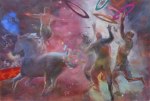 What are you working on now?
What are you working on now?
I’m working on a series of orchestra and classical music-related paintings and I just finished three circus pieces.
How has being in Kingston enhanced/inspired your work? What do you like best about living in Kingston/being involved with MAD? How long have you been here?
In 1995, I found a studio at the factory at 77 Cornell Street. The Luxemburgs were renting out spaces of their handbag factory. I had a gorgeous studio with skylights and factory windows looking west. I left there to go on a spiritual quest in 2002, and 14 years later, have that very same space, same floor (only it is next door). The light there is truly amazing and has brought brilliant resurrection to my art. It is also good to see that Kingston is becoming an arts city—that wasn’t so in the 1990s.
Click any image to start slide show.
The Shirt Factory
77 Cornell Street
Studio #416
Kingston, NY
Call for a studio visit
845-670-2027
